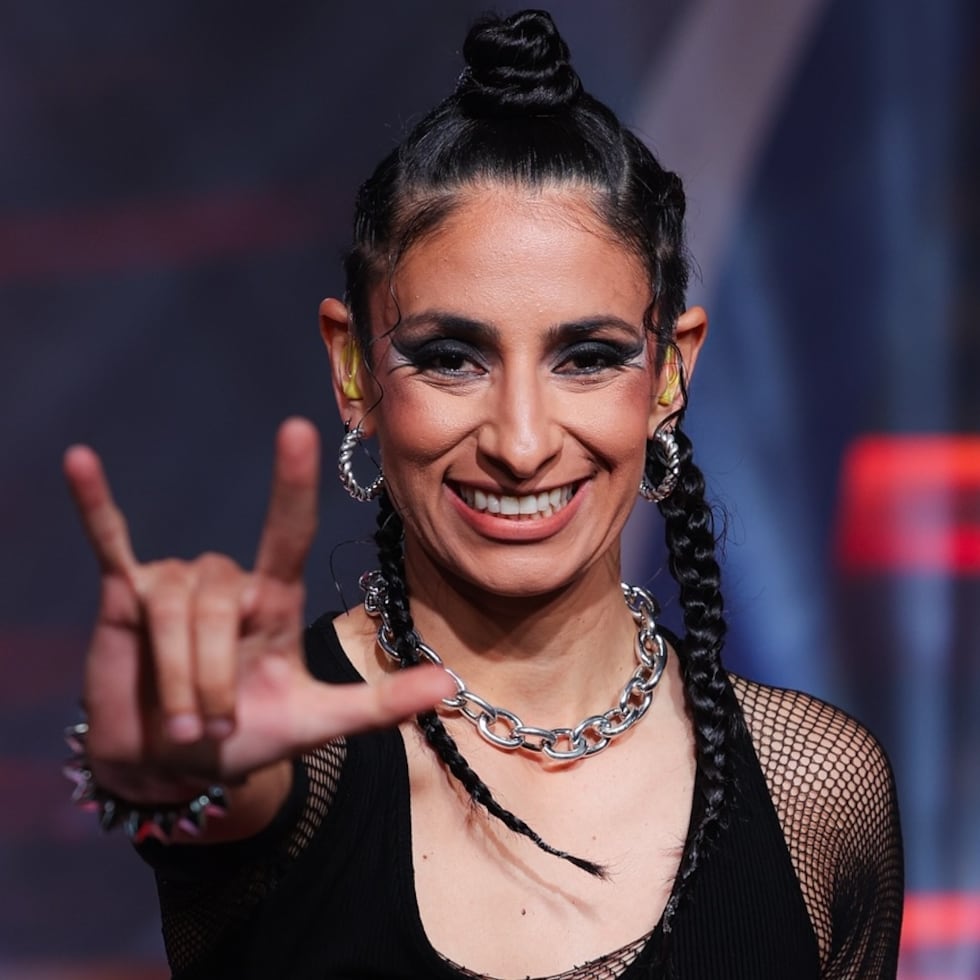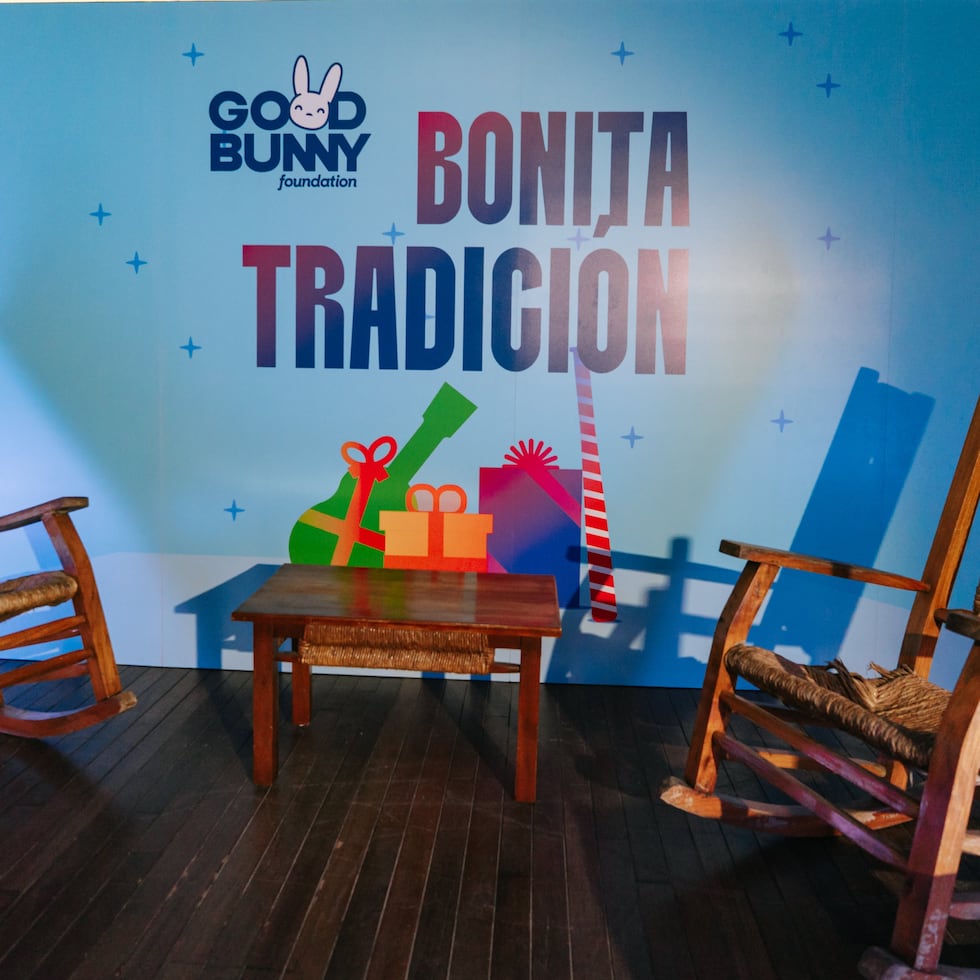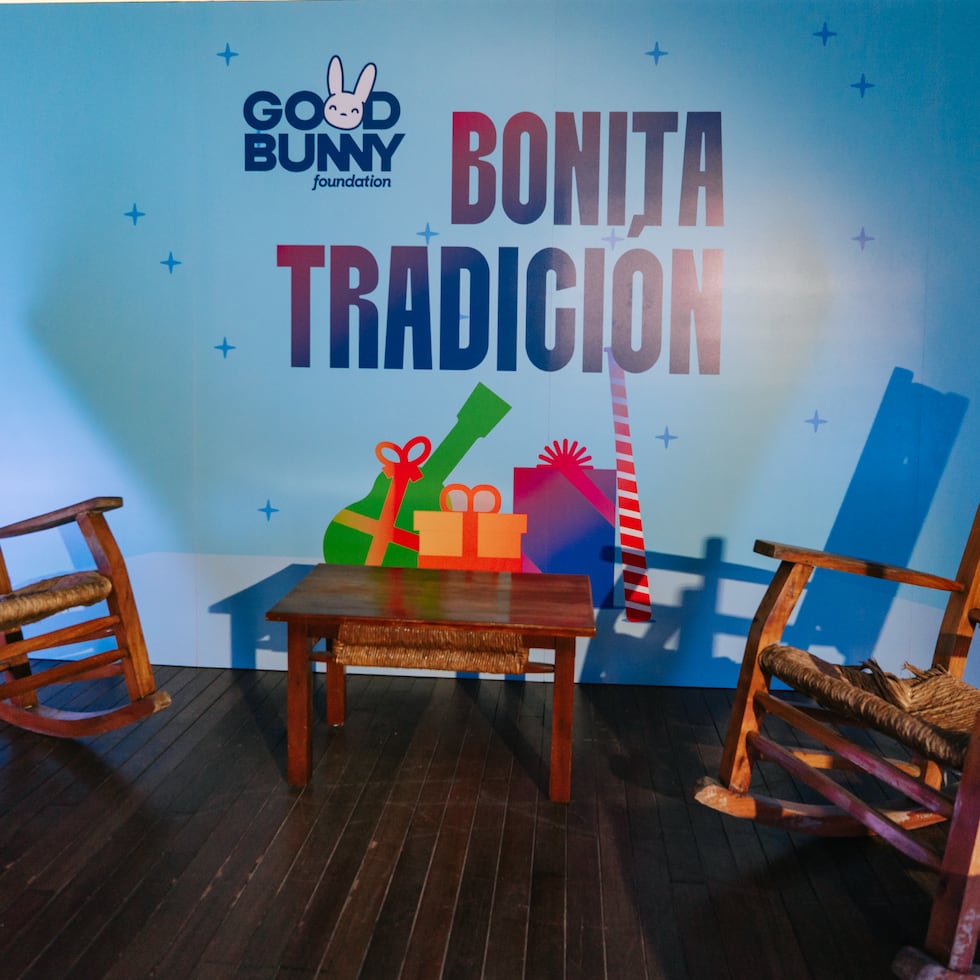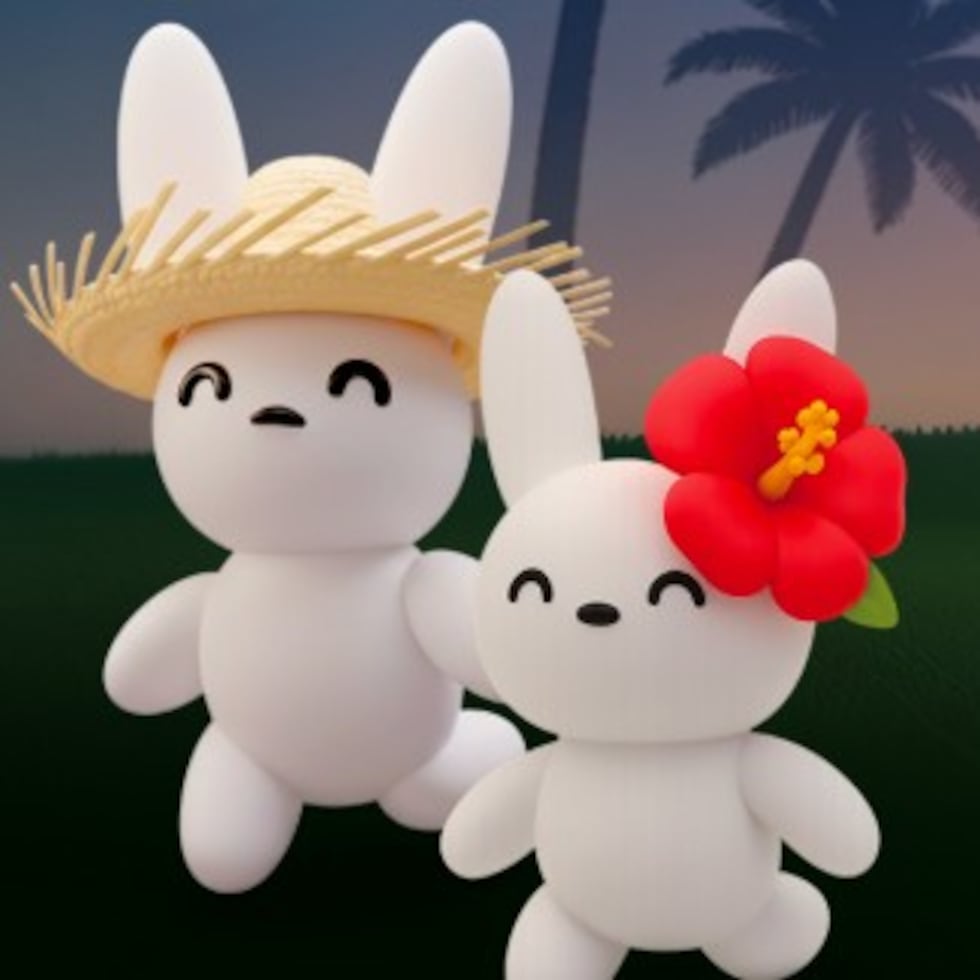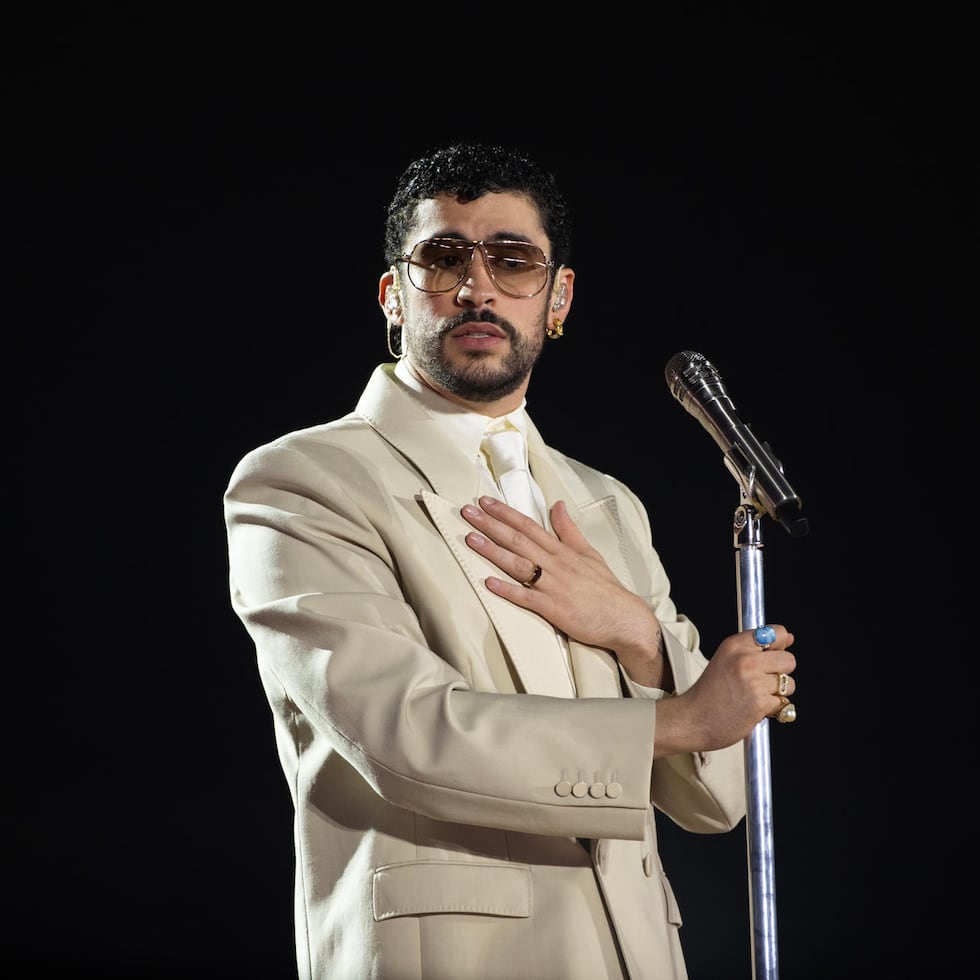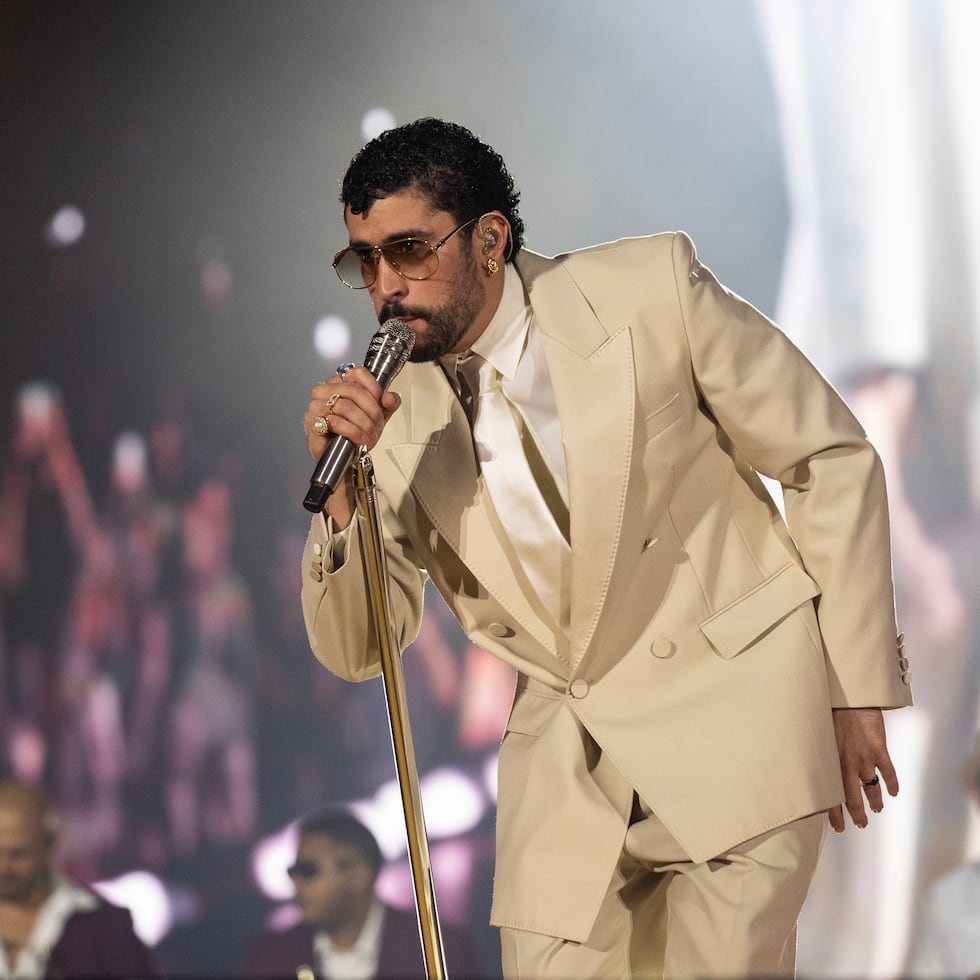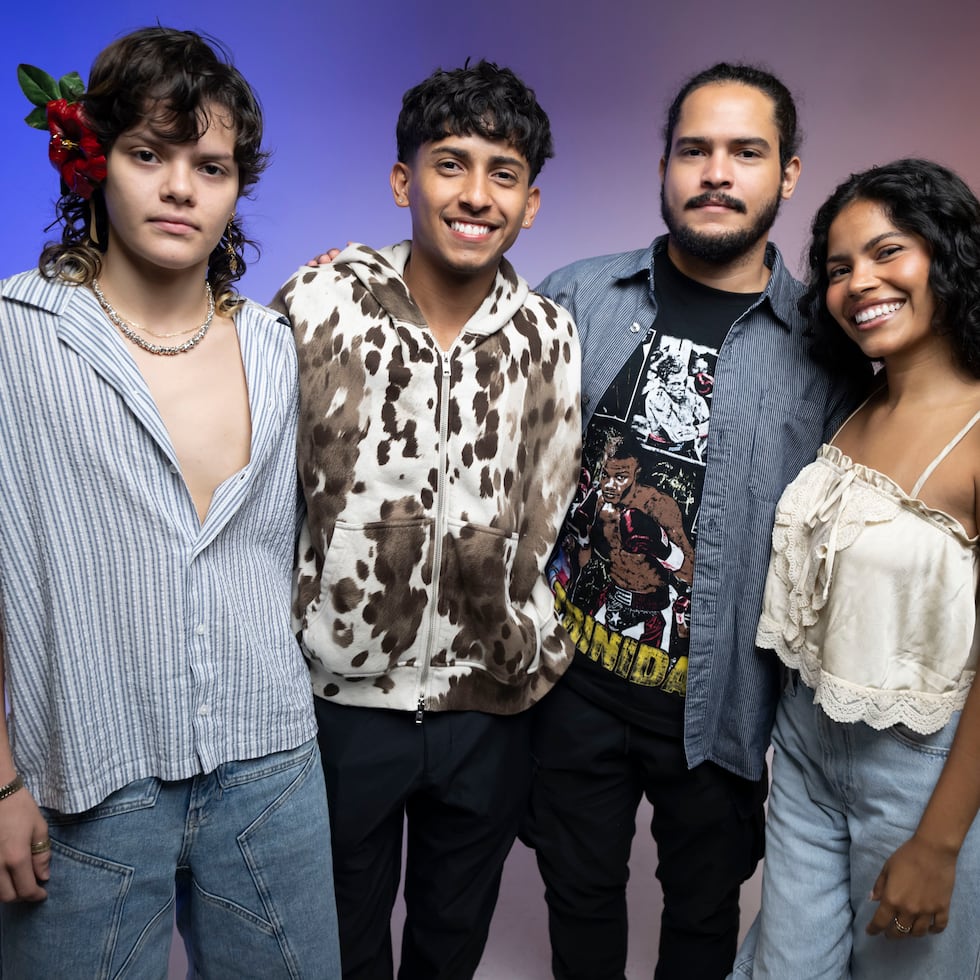The Voice of the Jíbaro: Tradition and roots of Puerto Rican folk music

Música típica—or traditional music—refers to the style cultivated and performed mostly in the central towns of the island and is associated with the figure of the jíbaro, the Puerto Rican peasant who historically worked the land growing coffee, vegetables, and small crops. Also known as “música campesina,” “música brava,” or folkloric music, this genre incorporates clear influences from both Taíno and Spanish cultures.
From the Taínos, plena inherits two key percussion instruments: the güiro and the maraca. In rhythm, melody, and meter, it reflects various musical elements brought over by the Spanish during multiple periods—from the conquest and colonization in the 16th century through the late 19th century. For instance, in the 18th century, a Spanish military regiment arrived accompanied by a band that toured the island’s towns offering concerts. Puerto Rican music scholars trace the origins of the seis—a genre with dozens of regional variations in the mountains—to 17th-century Spanish music.
Also notable is the “décima,” an improvised, sung poem consisting of ten lines with the rhyme scheme abba accddc. Through Spain, Puerto Rico inherited European rhythms like the mazurka (of Polish origin), the minuet, and the contradanza (from France). Additionally, since ships departed for the New World from the port of Seville, there is a strong Andalusian influence in Puerto Rican folk music.
While the Spanish arrived with their guitars, the Puerto Rican “jíbaro” developed his own string instruments: the tiple, the bordonúa, and the now world-renowned Puerto Rican cuatro.
The themes of traditional music are deeply rooted in love for the land, rural hardships and joys, and Catholic festivities. From this come beautiful rural-inspired songs like “El villancico yaucano” by Amaury Veray. Puerto Rican campesino music has been carried forward by master musicians and troubadours like Florencio Morales Ramos “Ramito,”Jesús Sánchez Erazo “Chuito el de Bayamón,”cuatro virtuoso Maso Rivera, iconic singer-songwriter Antonio Cabán Vale “El Topo,” and Andrés Jiménez. Notable groups include Decimanía, Mapeyé, Esencia, and the Sanabria family.
During the 1970s and 1980s, traditional music also gave rise to a movement known as Nueva Trova, marked by songs with themes of social justice and national pride. Its most emblematic figures include Roy Brown, Zoraida Santiago, Aires Bucaneros, Moliendo Vidrio, and Haciendo Punto en Otro Son. From this last group came a beloved, legendary “jíbaro”—born in Attimis, Italy—the unforgettable Tony Croatto.
Key Artists:
Haciendo Punto en Otro Son, Tony Croatto, Chuito el de Bayamón, Andrés Jiménez, Antonio Cabán Vale “El Topo”, Victoria Sanabria, Mapeyé





